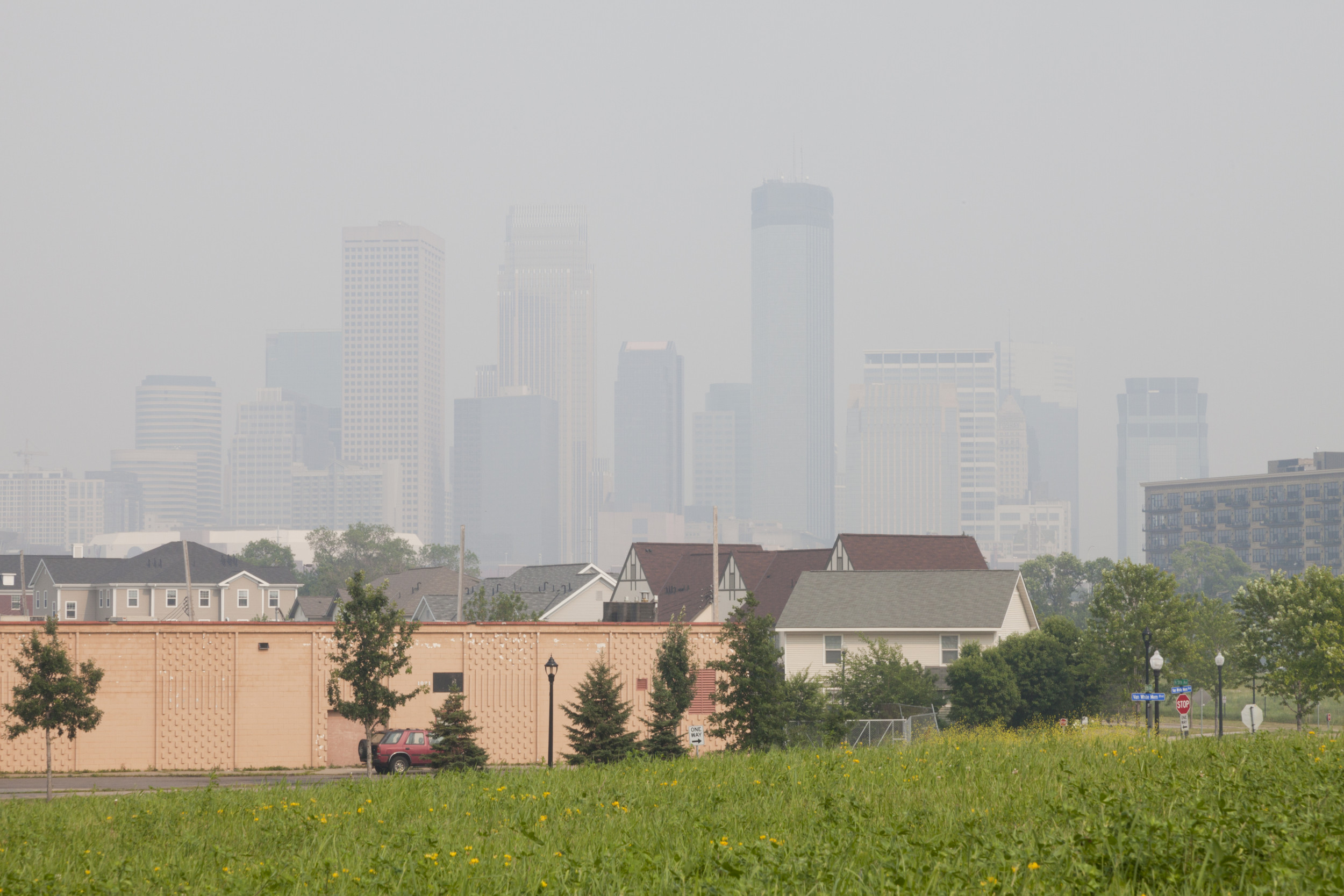
Thousands of people across Northwestern Minnesota have been urged to remain indoors on Friday amid heavy wildfire smoke.
Air quality officials have warned that the smoke that is causing “very unhealthy” conditions.
Why It Matters
The air quality alert highlights significant health threats, especially for sensitive groups such as those with respiratory or heart disease, children, and older adults. Fine particulate matter at the “very unhealthy” level affects everyone, not just vulnerable populations, and can trigger acute symptoms including coughing, shortness of breath, throat irritation, and chest discomfort.
The advisory forms part of a broader pattern across the northern U.S., as smoke from Canadian wildfires continues to affect health, air quality, and daily life. The recurring alerts mirror similar episodes in other states throughout this summer, with public health agencies emphasizing the dangers of airborne particulates.
What to Know
On Friday, the Air Quality Index (AQI) was expected to reach the purple category (between 201 and 300), or the very unhealthy level. The AQI is a standardized measure used to communicate how polluted the air currently is or how polluted it is forecast to become.
LMaru/Getty
The AQI indicating the highest levels levels of pollution, for levels 301 and above, is the maroon category.
A spokesperson from the Minnesota Pollution Control Agency (MPCA) told Newsweek that the last air quality alert issued for the purple zone was June 6.
“Historically, this is not a common occurrence for AQI alerts,” the spokesperson said. “The first ever purple alert was issued in 2021. Then we had two in 2023, and two in 2025 so far.”
The regional alert affects northwest and north-central Minnesota, covering cities including Bemidji, East Grand Forks, Moorhead, Brainerd, International Falls, and Roseau, as well as the Tribal Nations of Leech Lake, White Earth, and Red Lake.
The advisory remains active from 6 a.m. to 6 p.m. Friday, with a second wave of smoke expected Friday evening and potentially into Saturday, according to the MPCA.
Cleaner air is expected to move into the region from the west by Sunday afternoon, according to the MPCA’s forecast.
State health agencies warned the general public to avoid outdoor physical activity and stay indoors with windows closed.
Sensitive individuals, including older adults, children, and those with heart or lung diseases—such as asthma—are at even higher risk and should especially limit any exertion. Reducing activities that contribute to air pollution, such as burning wood or unnecessary vehicle travel, is advised.
What People Are Saying
A National Weather Service (NWS) air quality alert issued in Minnesota on Friday: “Heavy ground-level smoke from wildfires in central Canada will move into northwest Minnesota early Friday morning behind a cold front. The first band of smoke will quickly move across northern Minnesota during the day Friday and reach northeast Minnesota by the evening.”
The alert added: “A second round of smoke will reach northwest Minnesota Friday evening. This round of smoke will be more widespread and may impact the northern half of the state on Saturday. The alert may need to be extended to cover the second round of smoke. Cleaner air will move into the state from the west on Sunday and air quality should improve beginning Sunday afternoon.”
What Happens Next
The air quality alert remains in effect Friday, with potential extension into Saturday if the second wave of wildfire smoke proves significant. Cleaner air is projected to move into Minnesota from the west by Sunday afternoon, improving conditions by the start of the upcoming week. The MPCA is monitoring the situation and will update the public as necessary through its air quality index tool and website.
